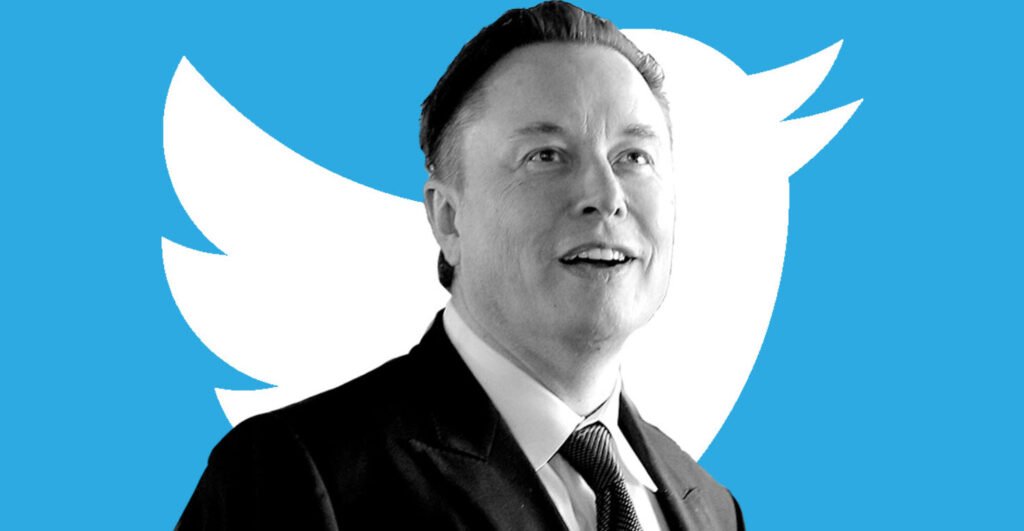
Twitter, the popular social media platform, has been making waves in recent months with a series of significant updates and feature additions. After Elon Musk stepped down as CEO, the company wasted no time in implementing various changes to enhance user experience, fight against spam and misinformation, and support content creators.
In this article, we will explore the noteworthy updates that Twitter has shipped in recent times.
One of the most notable changes was the removal of legacy checkmarks, a move that aims to create a more inclusive and transparent verification process. The previous system of blue checkmarks was replaced with verified badges that can be affiliated with organizations, enabling individuals to showcase their association with trusted entities.
In a bid to combat spam and the proliferation of bots, Twitter has prioritized verified accounts, granting them additional protection and resources. This step not only helps in distinguishing genuine accounts from fraudulent ones but also ensures that users can trust the information they come across on the platform.
Twitter’s commitment to combating misinformation and propaganda led to the introduction of Community notes, a global initiative aimed at debunking false statements and propaganda. This feature empowers users to collaboratively fact-check and provide accurate information, helping to maintain a more reliable and trustworthy environment on the platform.
In a lighthearted move, Twitter decided to change its iconic logo to that of a dog. This playful change showcases the company’s willingness to inject humor and creativity into its brand identity, further engaging users and creating a distinctive presence with respect to DOGE Cryptocurrency.
One of the most anticipated updates was the launch of long-form tweets. This expanded character limit allows users to express themselves more fully, fostering deeper conversations and facilitating the sharing of detailed thoughts and opinions. To complement this feature, Twitter also introduced formatting options for long-form tweets, enabling users to add emphasis, lists, and other elements to their extended posts.
In a surprising move towards openness, Twitter open-sourced the code for recommended tweets. This transparency encourages collaboration and innovation, potentially leading to the development of new tools and algorithms to improve the platform’s content recommendations.
Twitter Blue, the premium subscription service, received a significant boost with the introduction of 2 hours/8 GB video uploads for its users. This enhancement allows content creators and influencers to share longer and higher-quality videos, expanding their creative possibilities and further engaging their audience.
Twitter also made headlines by exposing the truth via Twitter files. This enables the public to access previously undisclosed information, encouraging transparency and accountability from individuals and organizations alike.
In response to user feedback, Twitter introduced individual reply to direct messages (DMs) and added emoji reactions. These enhancements streamline conversations and make it easier for users to express themselves beyond simple text replies.
For video enthusiasts, Twitter rolled out faster playback and a mini player for videos, offering a smoother and more immersive viewing experience. These updates cater to the growing demand for video content and align with Twitter’s goal of becoming a prominent multimedia platform.
While not without controversy, Twitter launched new API pricing. This move sparked mixed reactions within the developer community, with some welcoming the changes while others expressed concerns. Twitter aims to strike a balance between providing developers with the necessary tools and ensuring the platform’s sustainability and security.
Supporting content creators has been a key focus for Twitter, as evidenced by the launch of subscriptions for creators. Twitter pledged not to take any revenue from subscriptions for the next 12 months, aiming to provide direct financial support to creators and encouraging them to thrive on the platform.
In a similar vein, Twitter introduced a payment program for creators based on ads served in their replies. This initiative, starting with an initial $5 million block of payment, incentivizes creators to engage with their audience and rewards them for their contributions.
To improve user recommendations, Twitter implemented a better recommendation algorithm that updates every 24 to 48 hours. By incorporating user suggestions, the platform aims to provide more tailored and relevant content to its users, enhancing their overall experience.
Furthermore, Twitter has made significant strides in improving advertisement and brand safety. By implementing stricter policies and investing in robust systems, the platform aims to protect users from harmful or inappropriate content while ensuring advertisers can reach their intended audience effectively.
In an important step towards maintaining a safe and ethical environment, Twitter also announced its ongoing efforts to remove child pornography from the platform. This commitment to user safety is commendable and underlines Twitter’s dedication to creating a positive and secure space for all users.
In conclusion, Twitter has been hard at work shipping numerous updates and features, aiming to improve user experience, combat misinformation, support content creators, and enhance platform safety.
The removal of legacy checkmarks, the introduction of long-form tweets, the launch of Twitter Blue, and the emphasis on transparency and user feedback all contribute to a more vibrant and engaging Twitter ecosystem. While not without challenges, these updates demonstrate Twitter’s commitment to constant innovation and improvement in order to remain at the forefront of social media platforms.
You may also like:- How To Fix the Crowdstrike/BSOD Issue in Microsoft Windows
- MICROSOFT is Down Worldwide – Read Full Story
- Windows Showing Blue Screen Of Death Error? Here’s How You Can Fix It
- A Guide to SQL Operations: Selecting, Inserting, Updating, Deleting, Grouping, Ordering, Joining, and Using UNION
- Top 10 Most Common Software Vulnerabilities
- Essential Log Types for Effective SIEM Deployment
- How to Fix the VMware Workstation Error: “Unable to open kernel device ‘.\VMCIDev\VMX'”
- Top 3 Process Monitoring Tools for Malware Analysis
- CVE-2024-6387 – Critical OpenSSH Unauthenticated RCE Flaw ‘regreSSHion’ Exposes Millions of Linux Systems
- 22 Most Widely Used Testing Tools








